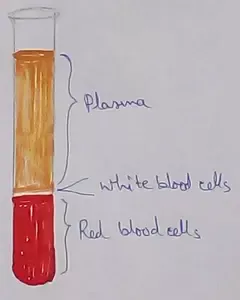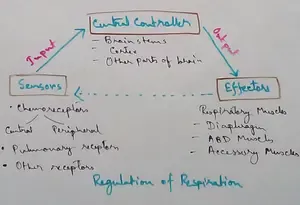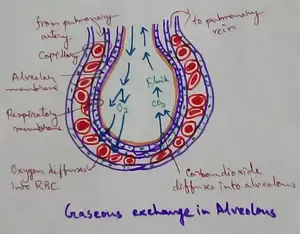Tense
In English grammar, the concept of time is incorporated in the sentence using tense, employed by the Verb. Tense, is a grammatical expression of time reference. Tense, indicates any of the forms of a verb which shows at what time an action happened.
Time is perceived as a continuum in a series with past, present and future being in linear progression. The word originated from the Old French word ‘tens’ taken from the Latin tempus indicating ‘time’.
Tense, thus, is the concept of time which may be present, past or future. It is the state of the Verb which explains the time of the action.
There are three major tenses in English:
1. Past Tense refers to any time before the present Tense. The past is used to represent things that have already happened.
Example: I danced last night.
· Such actions are finite and have a clear Start and End point.
· For regular verbs, the suffix “-ed” is addedto the base form of the infinitive to form its past tense.
Example: I attributed my triumph to the inspiration of my mentors.
2. Present tense refers to the current time period. It is used to describe things that are happening right now or things that arein continuity.
Example: I dance on a regular basis.
· The present tense is used for facts, habits, general truths and state of being.
· The Present Tense uses the infinitive base for all persons except Singular third person where “-s” is added to create the present tense.
Example: She listens to the same song every day.
3. Future Tense refers to any time after the present tense. This refers to things that have yet to happen.
Example: I will dance on the stage next week.
· \They are formed primarily in two ways.
1. By prefixing the word will/s hall.
Example: I will go to the market tonight.
2. By prefixing the word ‘going’ between Subject and the infinitive of the Verb.
Example: I am going to perform tonight.
Points to Remember:
· Time and tense is not necessarily one to one and thereare many an instances when grammatical tense may not be equal to real time.
Example:
a. The train is leaving at 6 p.m.(Though the tense employed here is present, the time being indicated is future)
b. That will be Rs. 6000/- only. (Though the tense being employed here in future, the time being indicated is present)
· All main verbs have two simple tenses, the present Simple and the Past Simple.
Present: I eat.
Past: I ate.
Present: She sings.
Past: She sang.
Present: They come.
Past: They came.
Present: You go.
Past: You went.
· In all these forms the main verb is used independently without using an auxiliary verb.
· Other grammatical categories like ‘mood’ and ‘Aspect’ may add another dimension to the time reference, further marking the Verb as definite or Indefinite, completed or in process, lasting or non-lasting.
· English Verbs also have a Compound tense form where the main Verb is used using the Auxiliary Verb ‘be’ and ;’have’
· Aspect -The Compound tenses of the Verb show the Verb either as Continuous or as Perfect.
English Grammar and Composition
Recent Articles
-
What Is Plasma? | Blood Plasma | Proteins | Nutrients | Cholesterol
Nov 07, 25 10:29 AM
Blood is a mobile fluid which is a connective tissue and is derived from the mesoderm like cell any other connective tissue. Colour of blood is reddish and that flows inside the blood vessels by means… -
Disorders of Respiratory System | Tuberculosis | Pleurisy | Emphysema
Oct 28, 25 11:39 PM
Tuberculosis is very common disease and is caused by a type of bacteria called Mycobacterium tuberculosis. This disease causes different trouble in the respiration and infection of several parts of th… -
Regulation of Respiration | Respiratory Centres | Inspiratory Area |
Oct 14, 25 12:13 AM
Respiratory Centre is the area that controls the rate of respiration and it is observed to be located in medulla oblongata and pons. Respiratory Centre has the following will dispersed components like… -
Explain Transport of Gases | External Respiration | Tissue Respiration
Oct 09, 25 11:35 PM
In humans gaseous exchange is completed in the following ways the steps are - External Respiration or Breathing - Breathing in false taking in of Oxygen and giving out of carbon dioxide in the body. M… -
Kind and Number of Teeth | Location of Teeth in Mouth | Care of Teeth
Sep 11, 25 12:52 AM
Kind and Number of Teeth





New! Comments
Have your say about what you just read! Leave me a comment in the box below.